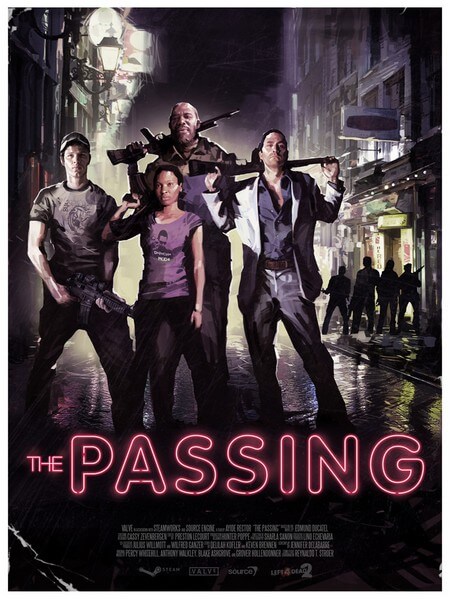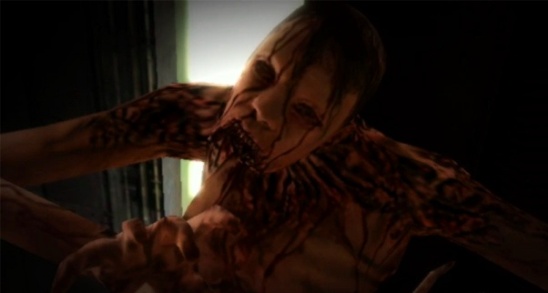Five - Red Dead Redemption
After the lacklustre GTA IV, Rockstar really pulled out all the stops for its Western take on the sandbox game.
Playing through John Marston's reluctant tale of revenge and, as the title makes abundantly clear, redemption was an incredible experience. The huge amount of stuff to do throughout the game was mind blowing, with stranger missions, hunting, plant collecting and many other pursuits, the game more than made up for GTA IV's empty Liberty City.
The story itself was wonderfully told and the voice acting was excellent throughout, with interesting characters and genuine emotion on display via some impressive animation.
And with the recently released Undead Nightmare expansion, Red Dead Redemption just keeps on giving – a sure fire bet for many “Game of the Year” awards.
Four – Enslaved: Odyssey to the West
Heavenly Sword's combination of amazing storytelling, wonderful animation and extremely talented voice actors is something most studios have yet to match, which is why Ninja Theory is still one of the top developers in the action adventure genres.
Enslaved is another showcase of Ninja Theory's talent.
The visuals are stunning in the retelling of Monkey's story, his escape from a prison ship and eventual protection of his captor, Trip – the greatest character the game has to offer and one of the most believable in gaming history.
It may not have much in the way of replay value but the game is strong enough that you will not forget it, nor the wonderful characters.
Three – Darksiders
A Zelda game with a darker edge, this game had potential right from the start. The story of War being wrongfully accused of setting off the apocalypse is one that will stick with me for a long time.
The art direction and general design of the game is inspired, the artwork of comic artist Joe Madureira is very striking and will remain instantly recognisable for years to come.
The story itself may be linear but the world has so much to offer beyond the main story that you will be kept going for hours and hours and still will not have found all that the game has to offer!
War's steed, Ruin, is the perfect image for a game that is truly the dark horse of 2010...
Two – Medal of Honor
While the rest of the world waited for Call of Duty: Black Ops, EA's new Danger Close studio released, with a fair bit of controversy, a game based on the struggles in the ongoing Afghanistan war.
Whereas Activision's franchise has become synonymous with the bravado of Hollywood's big budget action movies, Medal of Honor took a different path and focused on the struggles of a select number of soldiers with no overarching “dictator intent on world domination” plot or similar, the result is one of the most emotionally charged shooters ever created.
And, unfortunately, one of the most criminally overlooked games of the year.
One – Mass Effect 2
Bioware's space epic started with one of the most stunning scenes in gaming history, followed later on by another of the most gripping and emotional scenes in gaming history, then ending with yet another mind blowing revelation.
The game literally never lets you go.
Even the dullest part of the game is addictive: the planet scanning. Slowly scanning the surface of every planet in order to gather materials for upgrades to both squad and ship, in order to survive what should be a suicide mission.
There is no escaping the drama as you gather your team to take on the Collectors, a race of aliens that have been abducting entire colonies of humans, getting to know each team member individually and then possibly losing them during the final battle is an experience that very few games can come even close to replicating.
The quality even shines through in the downloadable content, with a particularly moving episode in the form of Overlord, not to mention the more integral episode in Lair of the Shadow broker. Every single DLC released has had a massive impact on the game and its fanbase.
Notable Mentions
Alan Wake
A great take on the horror genre, with some very atmospheric moments and an amazing episodic structure, something Alone in the Dark tried - and failed miserably with – in the past.
Unfortunately its DLC was unnecessary and did not reflect the quality on offer in the main game, something that unfairly tarnished the game's reputation.
Battlefield: Bad Company 2
The original game was one of the most intelligent, amusing and innovative shooters ever made, so the sequel had a lot to live up to.
It took away some of the innovation and replaced it with a more streamlined gaming experience, replaced some of the humour with a darker storyline but never really compromised the integrity of the game proper. It made for a very intense experience and it was more than a match for Modern Warfare 2.
Add to that the fantastic and varied multiplayer and Bad Company 2 becomes one of the best online shooters this generation has to offer.
Need for Speed: Hot Pursuit
Criterion's take on the Need for Speed franchise is something to be admired. The game combines the fun of Burnout with the real world cars that EA's racing series is known for, then goes back to the roots of Need for Speed: the illegal street racing and the police chases that follow.
The result is arguably the most fun racing experience this generation and the true sequel to Burnout 2: Point of Impact.
Halo Reach
Despite knowing the end before it began, as Microsoft was so keen to advertise, the resulting campaign was a great experience. True, the story itself was fairly generic and Noble team's fate ended up being quite disappointingly revealed, but the strongest point of Halo's past – the shooting action – was just as strong as ever.
And let us not forget that stunning, post-credits conclusion...























